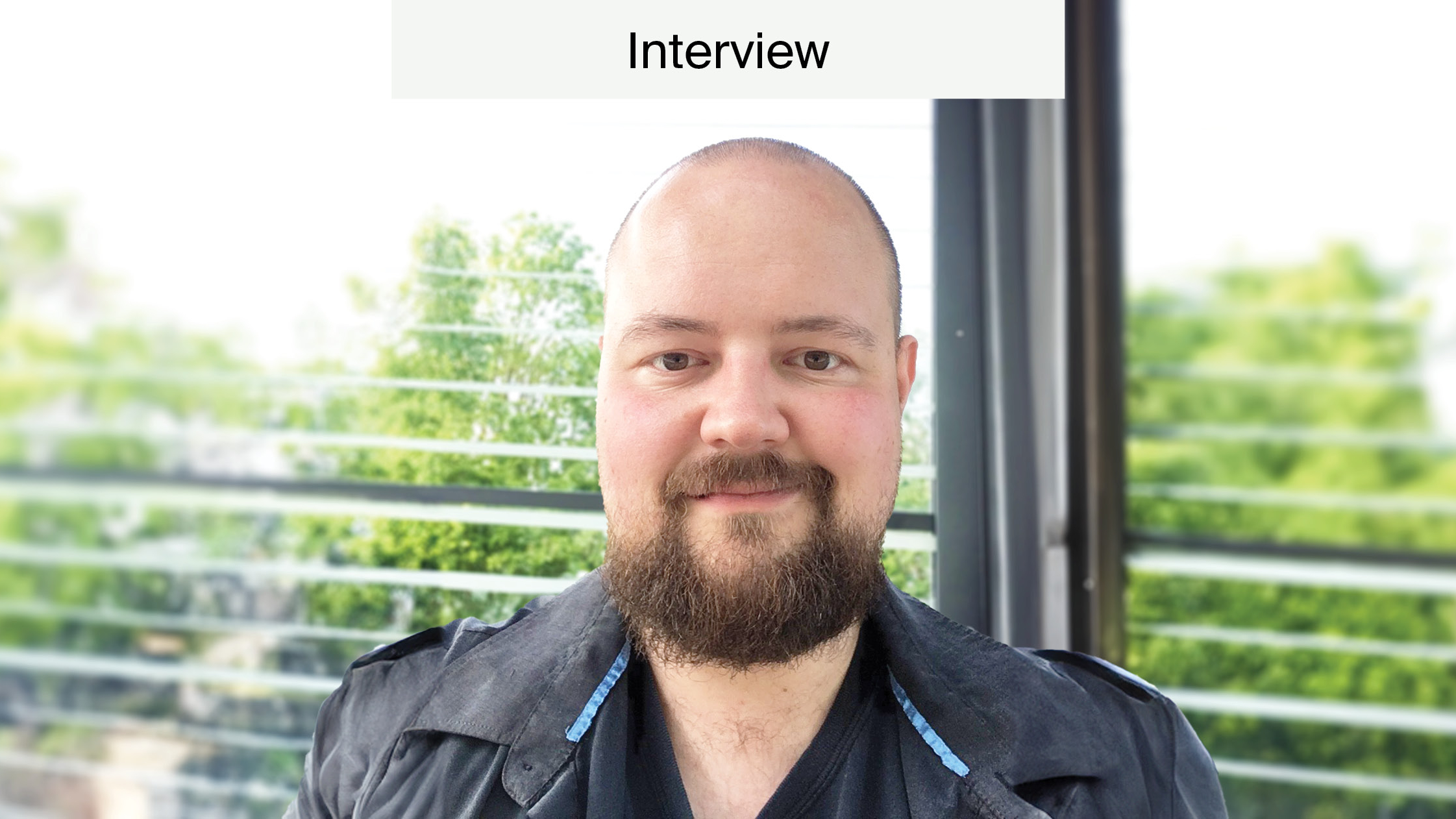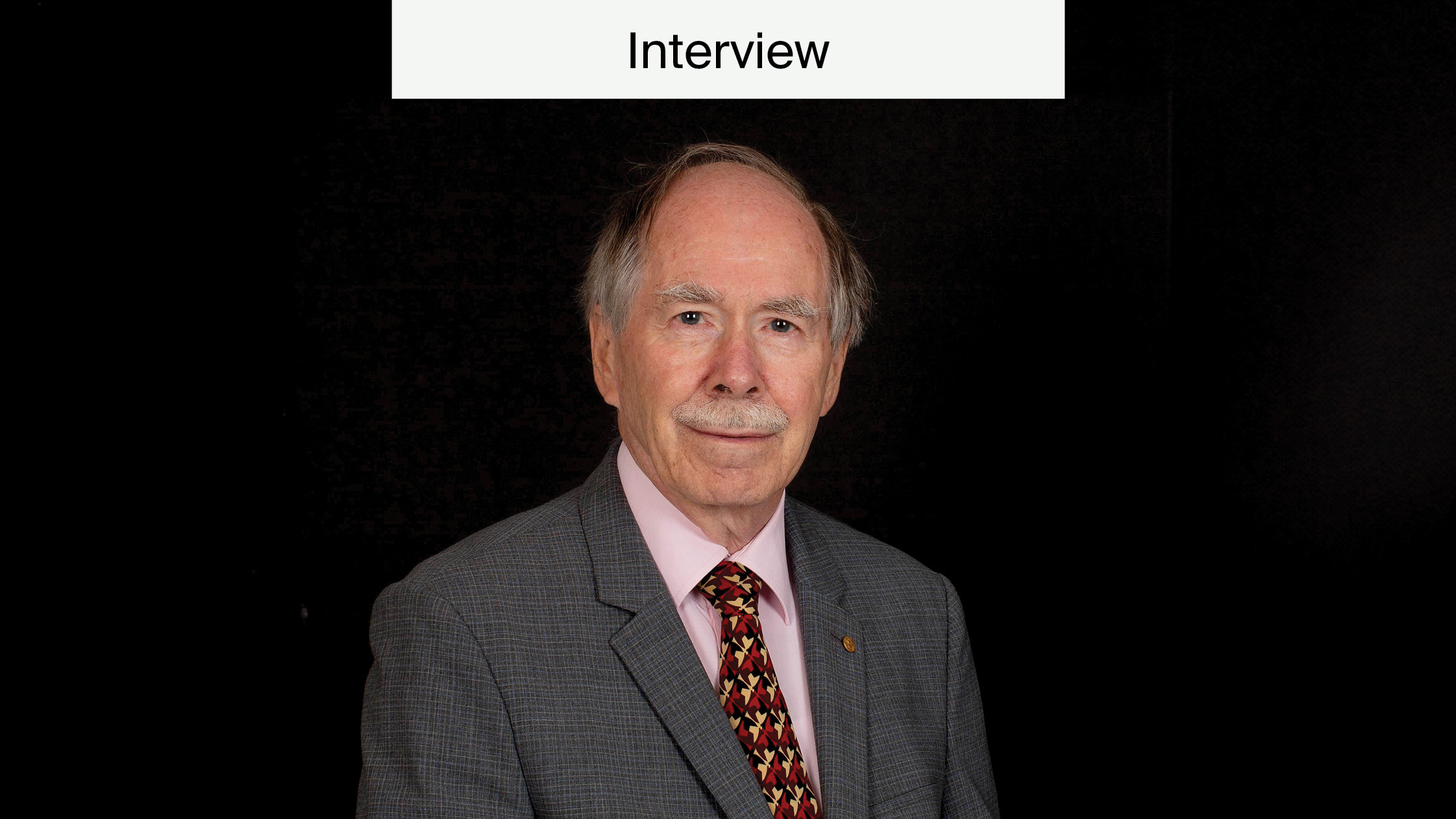
Interview: Eric Freed, Editor-in-Chief of Viruses
Dr. Eric Freed, Editor-in-Chief of the journal Viruses, received his Ph.D. in 1990 with Rex Risser and also Howard Temin at the University of Wisconsin-Madison, where he investigated the function of the murine leukemia virus and HIV envelope glycoproteins in membrane fusion and virus entry.
He joined Malcolm Martin at the National Institute of Allergy and Infectious Diseases in 1992, working on topics of virus assembly and entry/post-entry events in the HIV replication cycle, and also became Senior Investigator in 2002.
Dr. Freed was selected as NCI Mentor of Merit in 2010 for excellence in mentoring and guiding the careers of trainees in cancer research and is currently serving as Chair of the NIH Virology Interest Group, as adjunct Professor in the Department of Cell Biology and Molecular Genetics at the University of Maryland, College Park and as Co-Director of the University of Maryland Virology Program.
Interview with Dr. Freed
Dr. Freed, you recently co-authored a paper, ‘Distribution of ESCRT machinery at HIV assembly sites reveals virus scaffolding of ESCRT1, in Science, which demonstrates how HIV hijacks host cell endosomal sorting complexes to mediate virus release. Can you describe the significance of this work?
EF: This study, carried out in collaboration with the Jennifer Lippincott-Schwartz Lab, used 3D super-resolution microscopy to visualize ESCRT machinery at the neck of budding HIV-1 particles. Somewhat contrary to expectation, the ESCRT apparatus was found to localize within the head of the budding virus particles suggesting that the ESCRT scaffold may function from inside the virion rather than on the cell side of the budding neck. This study provides new insights into the topology of ESCRT machinery at the site of virus budding.
Explaining progress in the area of viral budding and maturation and the particular challenges involved?
EF: For over 12 years, my lab has been investigating a class of anti-HIV molecules known as maturation inhibitors. These compounds exert their antiviral activity by blocking a late step in the proteolytic processing of the major viral structural protein, Gag. Our work on these compounds has provided some insights into how they work and where they bind to Gag (e.g., see Waki et al., PLoS Pathog 2012).
Around 2007, phase II clinical trials demonstrated that the first-in-class maturation inhibitor (known as bevirimat) demonstrated good antiviral activity in patients; however, sequence variability near the site of bevirimat binding reduced the efficacy of the inhibitor in some patients. We are currently working with a group of bevirimat analogs that show much more potent activity against a broader range of HIV-1 isolates. We anticipate that these compounds will enter clinical trials by early 2015 and hope that they will ultimately prove to be clinically effective.
The founding of Viruses with MDPI
EF: My goal was to establish Viruses as a leading open-access journal with a broad scope that encompasses all of virology. Starting a new journal is not easy, particularly with the explosion of new open-access journals over the past few years. However, our rapidly rising impact factor (increased by 50% in 2011, by 67% in 2012 and, based on current data available in the Web of Science, expected to further increase by 30% in 2013) suggests that we’re on the right track.
Of particular note are our special issues, which are guest edited by leading virologists. These special issues have been very successful, attracting submissions from a large number of well-established investigators. In the future, we plan to continue sponsoring these special issues, even as the number of unsolicited articles continues to increase. This will require lots of hard work on the part of myself, the editorial office, the editorial board, and our many reviewers. But in the end I feel that the hard work will pay off as Viruses increasingly becomes a valued resource for the virology community world-wide.
Further reading
We also encourage readers to take a look at the article mentioned above.
Van Engelenburg SB, Shtengel G, Sengupta P, Waki K, Jarnik M, Ablan SD, Freed, EO, Hess HF, Lippincott-Schwartz J. Distribution of ESCRT machinery at HIV assembly sites reveals virus scaffolding of ESCRT subunits. Science. 2014 Feb 7;343(6171):653-6. doi: 10.1126/science.1247786. Epub 2014 Jan 16.










